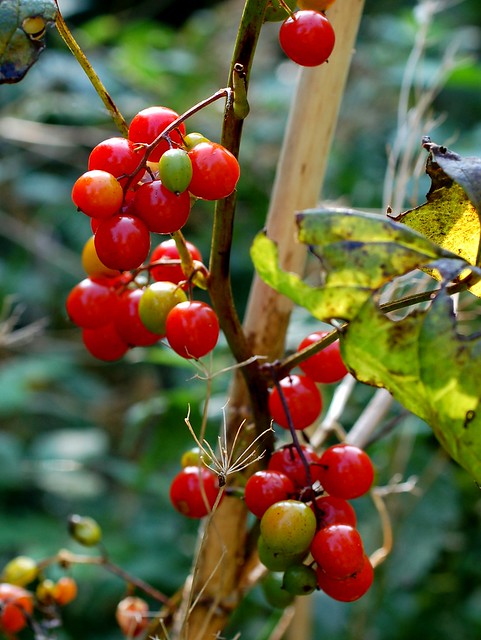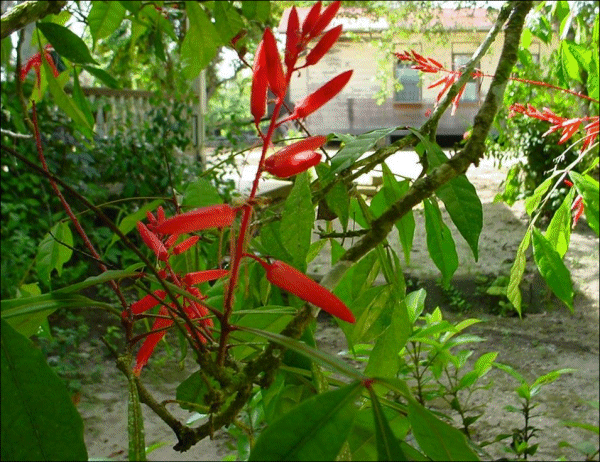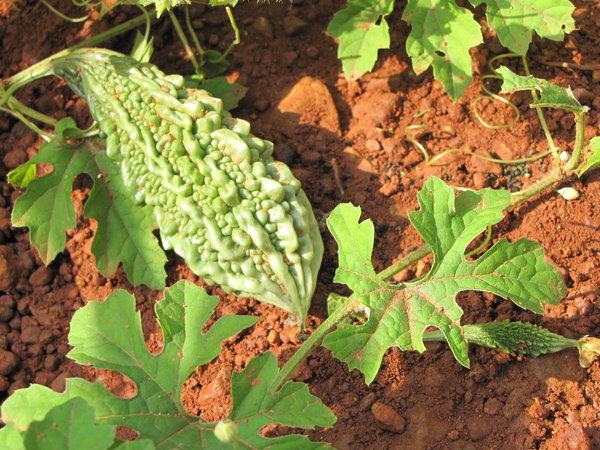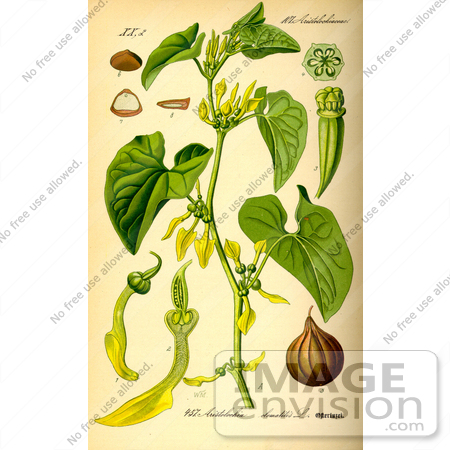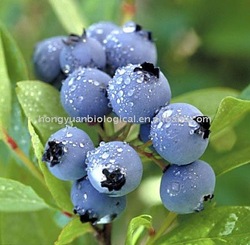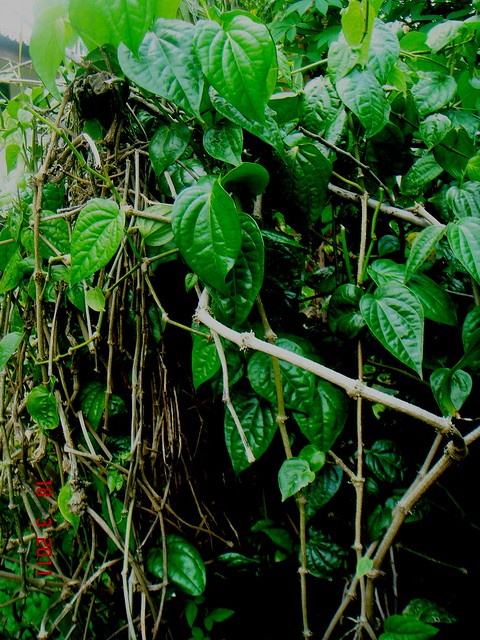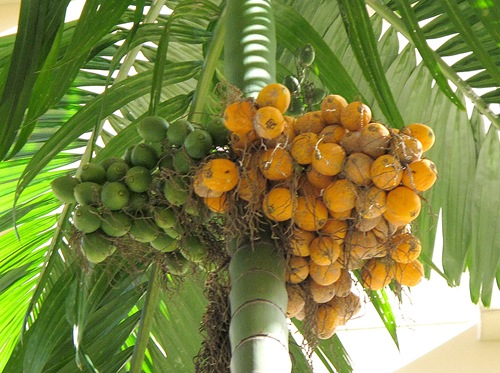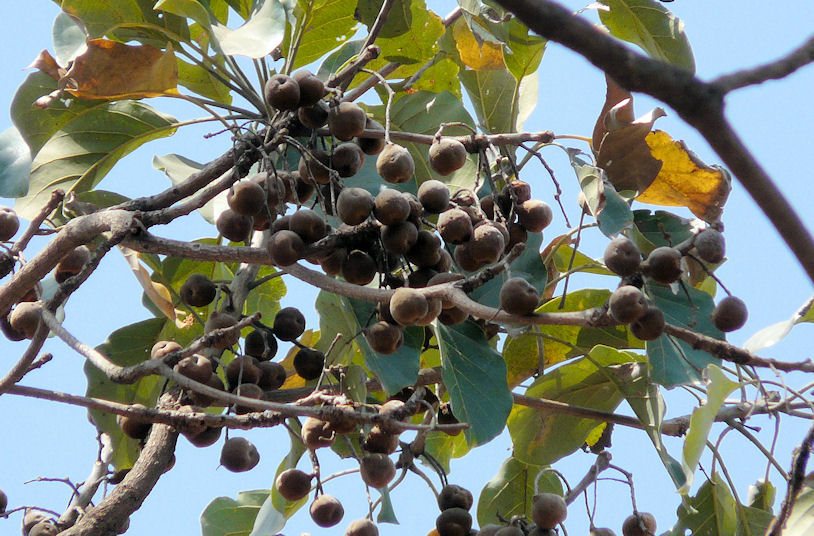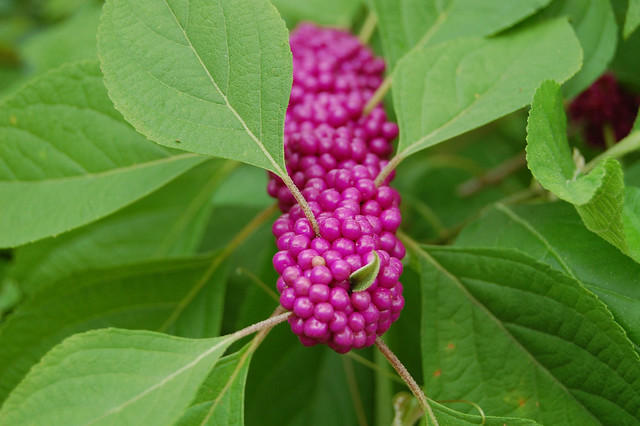BLACK COHOSH (Actaea racemosa L.)

Synonym — Cimicifuga racemosa (L.) Nutt.
Activities (Black Cohosh) — Abortifacient (f; DEM); Alterative (f; CRC; PED); Analgesic (f;
DEM); Antibacterial (f; APA); Antidotal (f; CRC); Antiinflammatory (f; CRC; PNC); Antipyretic
(1; PNC); Antirheumatic (1; MAB; PED); Antiserotonin (1; MAB); Antispasmodic (1; MAB; PED;
PNC); Antitumor-Proliferation (1; MAB); Antitussive (f; CAN; CRC); Antiulcer (1; PNC); Aphrodisiac
(f; CRC); Astringent (1; CRC; DEM; PED); Bitter (1; HHB; PED); CNS-Depressant (1;
PNC); Depurative (f; DEM); Diaphoretic (f; CRC; PED); Diuretic (f; APA; PED; PNC); Emmenagogue
(1; CRC; PED; PNC); Estrogenic (2; KOM; MAB; PED; PH2); Expectorant (f; APA; CRC;
PED); Hypoglycemic (1; APA; CRC; PNC); Hypotensive (1; APA; MAB; PNC); Immunodepressant
(1; MAB); Lactagogue (f; DEM); Mucolytic (f; APA); Narcotic (f; CRC); Peripheral Vasodilator
(2; CAN; CRC; PNC); Sedative (1; FAD; CAN; CRC); Stomachic (f; CRC); Luteinizing-Hormone
Suppressant (2; APA; KOM); Tonic (f; CRC; DEM; HHB); Tranquilizer (f; APA); Uterocontractant
(1; PED); Uterotonic (1; MAB).
Indications (Black Cohosh) — Adenopathy (f; JLH); Amenorrhea (1; CRC; MAB); Arthrosis (f;
CAN; CRC; HHB); Asthma (f; MAB); Autoimmune Disease (1; MAB); Backache (f; DEM);
Bacteria (f; APA); Bite (f; PH2); Bronchosis (f; APA; CRC; FAD; PED; PH2); Cancer (1; JLH;
MAB); Cancer, groin (f; JLH); Cancer, liver (f; CRC); Cancer, tongue (f; JLH); Chorea (f; CAN;
CRC; FAD; HHB; MAB); Neurovegetative Ailment (2; HHB; KOM); Cold (f; DEM); Constipation
(f; DEM); Cough (f; APA; CAN; DEM); Cramp (1; MAB; PED; PNC; SKY); Diabetes (1; APA;
PNC); Diarrhea (1; CRC; DEM; PED); Dropsy (f; CRC); Dysmenorrhea (2; APA; HHB; KOM;
PH2; SKY); Dyspepsia (f; APA); ERT (2; KOM; MAB; PED); Fatigue (f; DEM); Fever (1; CRC;
FAD; PED; PH2; PNC); Gynecopathy (f; CRC); High Blood Pressure (1; APA; MAB; PNC); Hives
(f; DEM); Hot Flash (1; APA); HRT (2; BGB); Hyperglycemia (1; APA; CRC; PNC); Hysteria (f;
CRC); Inflammation (f; CRC; PNC); Insomnia (1; CAN; CRC; DEM; FAD; PNC); Itch (f; CRC);
Lumbago (1; CRC; FAD; PH2); Malaise (f; BGB; CRC); Malaria (f; BGB; CRC); Mastosis (1;
MAB); Measles (f; PH2); Menopause (2; BGB; MAB; PH2 SHT); Menorrhagia (1; CRC; MAB);
Menstrual Problem (2; SKY); Metastasis (f; JLH); Myalgia (f; CAN); Nephrosis (f; BGB; CRC;
DEM); Nervousness (1; APA; FAD; CAN; CRC); Neuralgia (f; MAB); Nervousness (1; APA;
CRC); Otosis (f; HHB); Pain (f; BGB; DEM; HHB); Parturition (1; CRC; FAD); Pertussis (f; CRC;
MAB; PNC); PMS (2; APA; KOM; PH2); Poor Milk Supply (f; DEM); Rheumatism (1; APA;
BGB; CAN; HHB; MAB; PED; PH2); Sciatica (1; CAN); Scirrhus (f; JLH); Snakebite (f; APA;
CRC; FAD; PH2); Sore Throat (f; APA; BGB; CRC; PH2); Tinnitus (1; CAN; CRC; MAB);
Tuberculosis (f; DEM); Tumor (1; MAB); Ulcer (1; PNC); Uterosis (f; CRC); Water Retention (f;
APA; PED; PNC); Yellow Fever (f; CRC).
Dosages (Black Cohosh) — 40–200 mg/day (APA); 0.5 tsp powdered root/cup water, up to 1 cup/day
(APA); 1 g powdered root 3 ×/day (HHB); 0.3–2 g powdered root (PNC); 0.5–1 g dry root 3–4 ×/day
(MAB); 1.5–3 g dry root (PED); 300–2000 mg dry root (SF); 2 g dry root:10 ml alcohol/10 mg water
(PED); 1–3 tbsp fresh root (PED); 0.3–2 g rhizome 3 ×/day (CAN; SKY); 0.3–2 ml liquid root extract
(PNC); 2–4 ml root tincture; 40 mg herb in 40–60% ethanol (SF); up to 1 tsp tincture/day (APA);
2–4 ml tincture (1:10 in 60% alcohol) (CAN); 3.5–7 ml tincture (1:5); 6–12 ml tincture (1:10) (MAB);
0.3–2.0 ml liquid extract (1:1 in 90% alcohol) (CAN); 1.5–3 ml fluid extract (1:2) (MAB); 1 (540
mg) capsule 3 ×/day (NH); 40 mg StX (1 mg deoxyacteine)/day (SKY).
Contraindications, Interactions, and Side Effects (Black Cohosh) — Class 2b, 2c (AHP). No
contraindications/drug interactions noted (KOM). I got a challenging letter from German parties
with an economic interest in cohosh, asking where I got the cautionary remarks from in my 1985
CRC book. They must really be irritated by what follows: Commission E reports occasional gastric
complaints. Not to be used for more than 6 months (AEH). With prolonged use, may irritate the
uterus, cause dizziness, diarrhea, nausea, vomiting, abdominal pain, headaches, joint pains, and
lowered heart rate. Can contribute to abnormal blood clotting and liver problems. Can encourage
breast tumors. Should not be used by anyone with any type of heart disease or by anyone advised
not to take oral contraceptives. “Women taking estrogen therapy should consult a physician before
using black cohosh” (SKY). Can cause premature labor. Because of insufficient data, use during
pregnancy and lactation is not advised. Should be used only under medical supervision (TMA,
1996). High doses may cause diaphoresis, dizziness, nausea, reduced pulse rate, visual disturbances,
and vomiting (CAN). Because of uterine estrogen receptor binding in vitro, its use in pregnancy
and lactation is to be avoided. What they say about black cohosh should be templated and said for
every herb, “It has been recommended that black cohosh should only be used in therapeutic doses,
and that high doses are potentially dangerous” (CAN). “Canadian regulations do not allow black
cohosh as a non-medicinal ingredient for oral use products” (Michols, 1995). Pedersen is not much
kinder, “Such constituents as tannins, gallic acid, and pseudotannins, including isoferulic acid, and
the salicylates, are irritants to the skin, lungs, and kidneys. The drastic action of the irritant principles
in black cohosh are not lethal, but overdoses are characterized by nausea and headache” (PED).
Schulz et al. (1998) are nicer to this herb, sold in Germany and America, than the Anglos quoted
above. In five studies using doses equivalent to 40 mg/day crude herb, there are no case reports of
toxic effects from the herb, and there appears to be no specific toxicity associated with any of its
known constituents. Two of the five showed mild side effects (dizziness, GI distress, headache, and
weight gain). No other contraindications are known. The duration of use should not exceed 3 months
(SHT). Cohosh extract augmented the activity of tamoxiphen (MAB). Finally, let me quote Gruenwald,
editor-in-chief of the Herbal PDR, and coincidentally, also editor of the ABC Commission
E translation, because the two versions differ. “No health hazards or side effects are known in
conjunction with the proper administration of designated therapeutic dosages. An intake of very
high dosages of the drug (5 g) or an extract (12 g) leads to vomiting, headache, dizziness, limb
pain, and lowered blood pressure.” He’s sanitizing or whitewashing if not ignoring the mild side
effects reported in two of the five German studies cited above. He refers to the gastric side effects
as adverse effects as distinct from side effects. I detect a whitewash of the cohosh, perhaps well
deserved and scientifically accurate. Stay tuned.
Extracts (Black Cohosh) — Estrogenic and hypotensive effects reported (AHP). Resin hypotensive
(1 mg/kg). Triterpenes hypocholesterolemic. Formononetin binds to estrogen receptor sites, inducing
an estrogen-like activity in the body (SKY). Alcoholic extracts decrease luteinizing hormone
secretions in menopausal women (SKY). Cimicifugin antispasmodic and sedative (PED) but rapidly
converted to an inactive compound when the fresh root is bruised or cut. Formononetin may act
as estradiol antagonist (binding to the receptor but not producing an effect) rather than an agonist
(binding to and activating the receptor), hence not affecting LH secretion (MAB). Studies of 13
American populations of black cohosh refute the presence of formononetin.
Read more...





